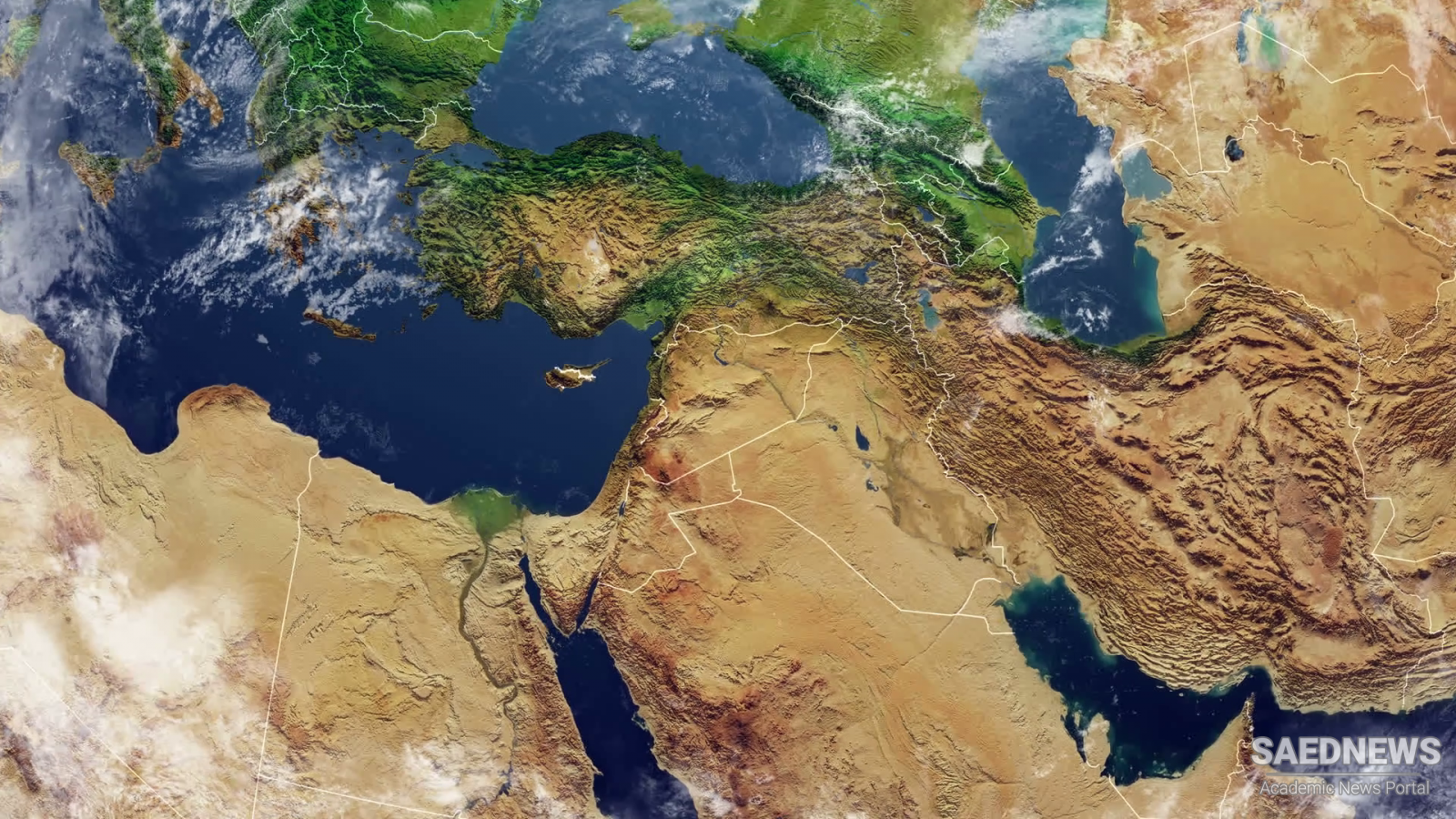Two constants in Iran’s military history and enduring security interests are the country’s strategic location and geography. Situated at the crossroads of Europe and Asia, Iran has benefi ted from dominating major trade routes and from the mix of diverse peoples and the transfer of knowledge and skills that being a bridge between East and West has provided. For much of two millennia, Persia held the commanding heights of the world economy by straddling the Silk Road, the key land trade route between the Mediterranean and China. At the beginning of the twenty- fi rst century, Iran’s position astride the Persian Gulf, Caspian, and Central Asian export routes for the region’s large oil and gas reserves once again places it at the center of global att ention and, possibly, global rivalries. Conversely, poised between the great Eurasian steppe to the north and the rich lands of Mesopotamia and the Indian subcontinent to the west and east, Iran has been vulnerable to constant invasions. In particular, the great Mongol warriors Genghis Khan (Chingis Khan) in 1220 and Tamerlane in 1405 devastated Iran with murderous campaigns of conquest. During much of the past three centuries, Iran’s potential as an avenue to the warm waters of the Indian Ocean or as an invasion route into Russia made it a special target of czarist and Soviet rulers. In turn, this put Iran in the crossfi re of Russian and British imperialism as London sought to protect its Indian “Jewel in the Crown.” The Ottomans, the British, and later Iraq desired hegemony over Iran’s oil- rich and Arab- dominated southwestern region (Source: Immortal: A Military History of Iran and Its Armed Forces).


 Food Supply Strategy and Revolutionary Production Technologies
Food Supply Strategy and Revolutionary Production Technologies














































